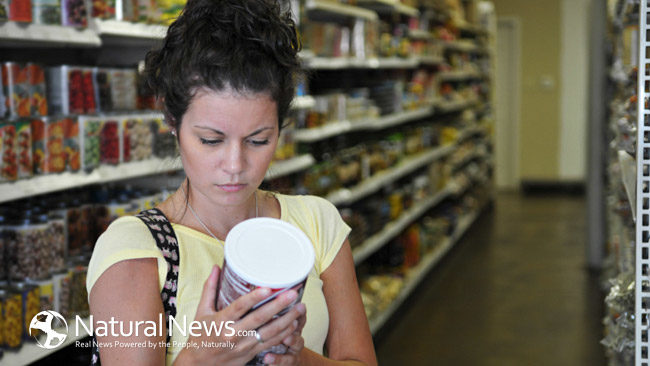Do you base your food choices on the printed label and choose one over the other just because it seems to be the healthier option? You are not alone as more and more educated buyers are finding out how they are being duped by tricky and misleading food labels.
So, what are these food packaging tricks?
The “All-Natural” Claim
It is perhaps the most common trick and it may not mean anything at all. The term has no real meaning and the Food and Drug Administration does not even have a definition for it. As long as the food itself does not contain artificial flavors, added colors, and synthetic substance, it can be branded as “all-natural” and these manufacturers can get away with it.
They can even add “natural” preservatives like sodium or high fructose syrup and still label it as all-natural. As you may know, both these additives are not good in excessive amounts. There are food products that can be made in a processing factory, filled with junk, and then marketed as “all-natural.”
Less of the Bad Stuff
No Added Sugar. Zero Trans Fat. Fat-Free. Gluten-Free. You see these claims everywhere and they make food products seem healthier. But are they really?
People avoid added sugars to cut down on their carb intake but natural foods like milk, fruit, and even vegetables already contain sugar. The trick is to consume less. Read the sugar content of the product and the calorie count.
Also, some products that claim they don’t have added sugar may contain ingredients like maltodextrin, which is a carbohydrate. Carbohydrates, either simple or complex, may raise your blood sugar. A product with no sugar added may not mean it doesn’t contain carbohydrates.
Trans fat is not good for the heart so zero trans fat products are great, right? Actually, these products might still contain lower than half a gram of trans fat per serving. If you consume two servings, that would be a significant amount. Check the ingredients list for words such “shortening” and “hydrogenated oils.” If the product has it, it still contains trans fat.
When the dangers of consuming trans fat became known, many products started claiming to be fat-free. The problem is that oftentimes, these products contain the same calories or even more than their full-fat counterparts. Fat-free products can be full of sugar and foods that claim to have no sugar can be full of fat.
More of the Good Stuff
Multigrain bread. Vitamin-fortified foods. Real fruits. Organic. These can’t be bad, right? Yes, these products can be good for your health — if only what they claim is true. Multigrain is not enough — it should be 100% whole grain or wheat for it to be better than white bread. Products made with real fruit might just contain the fruit juice. “Organic” doesn’t instantly translate to healthy because it might still have excessive amounts of fat, sugar, and calories.
It pays to be vigilant and to read the ingredients list before you decide a certain food item. That way, you’ll know if the product has misleading food labels and can opt for a healthier, smarter choice.
Sources: Reader’s Digest and Prevention.





